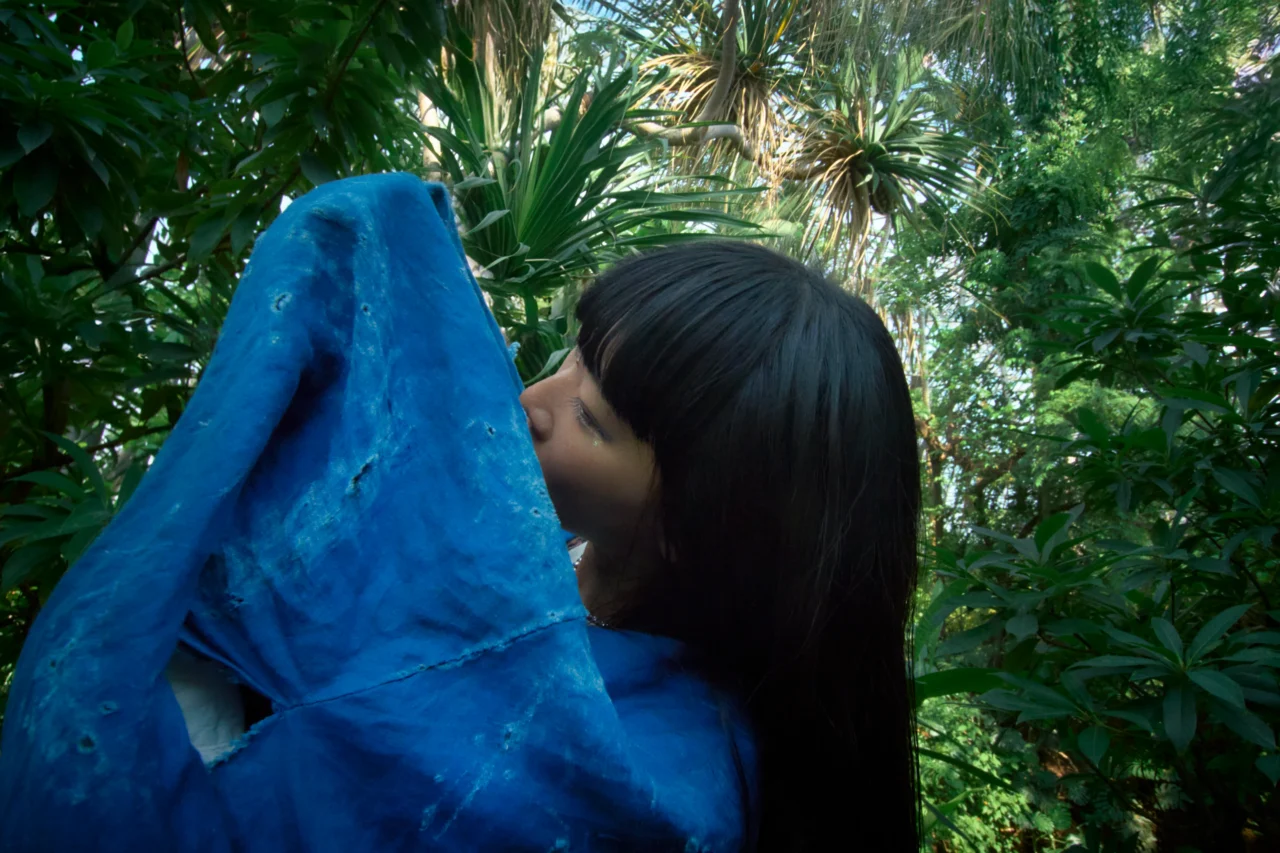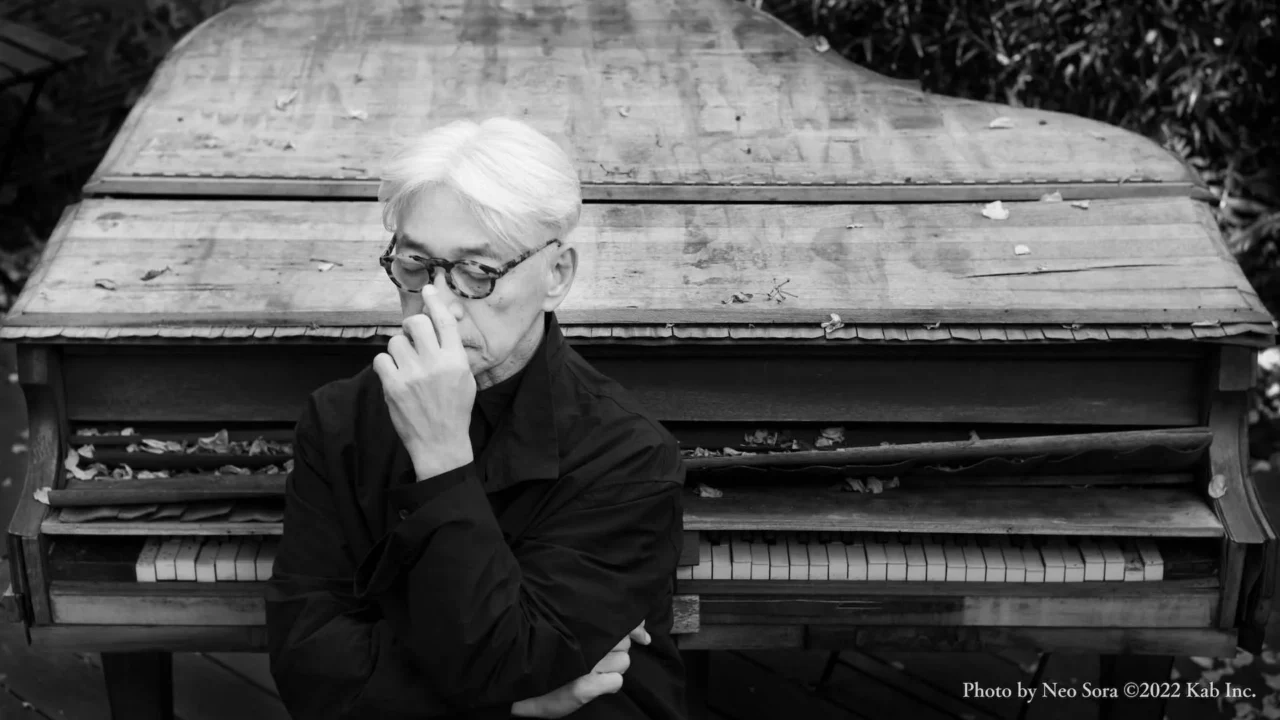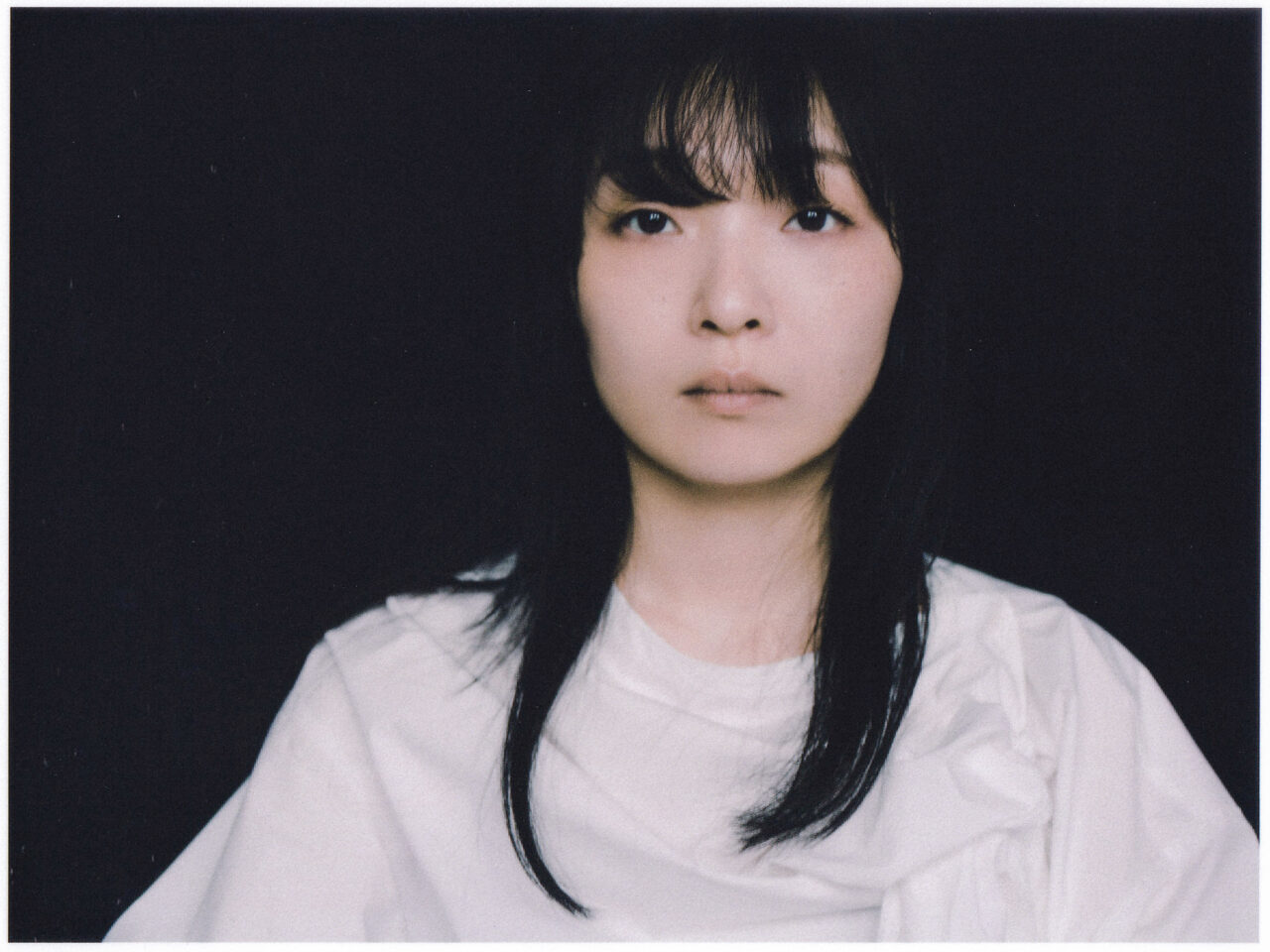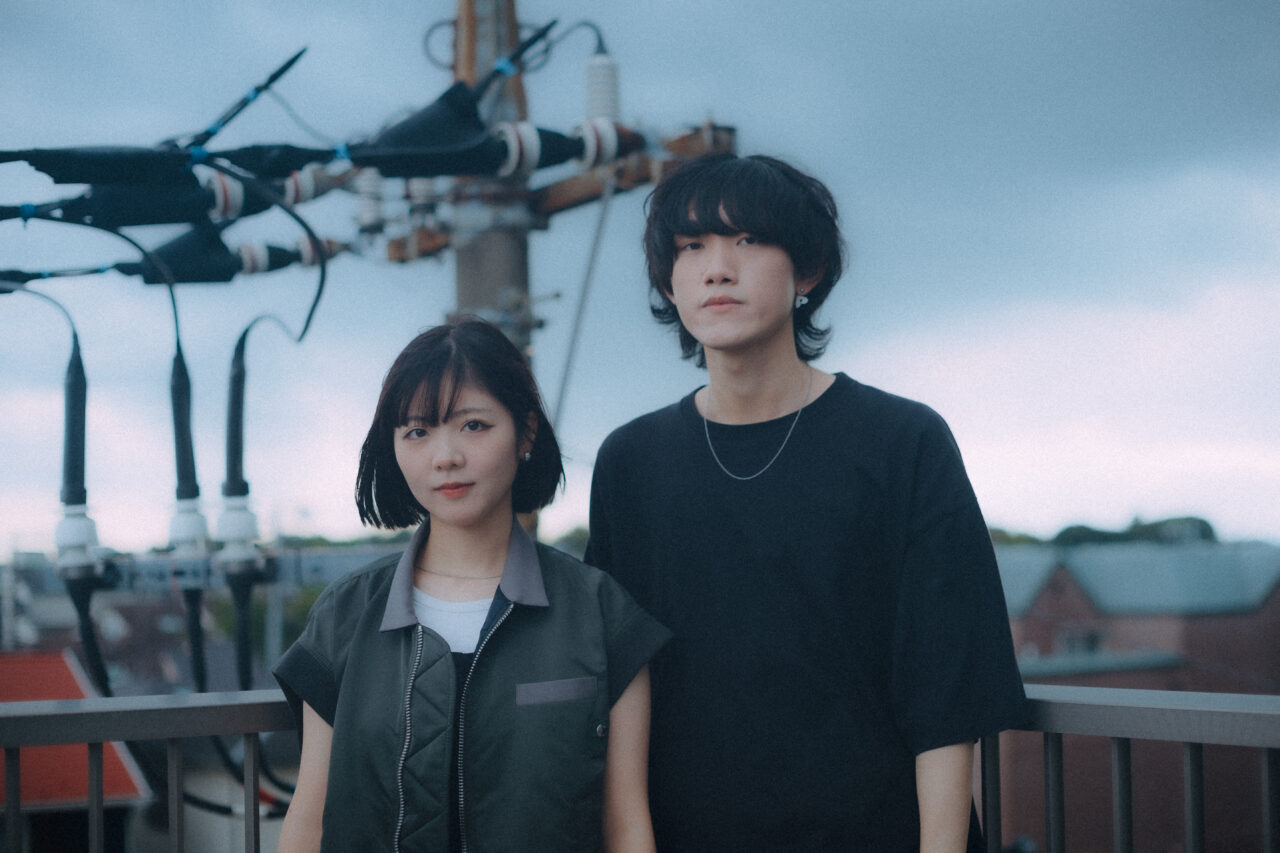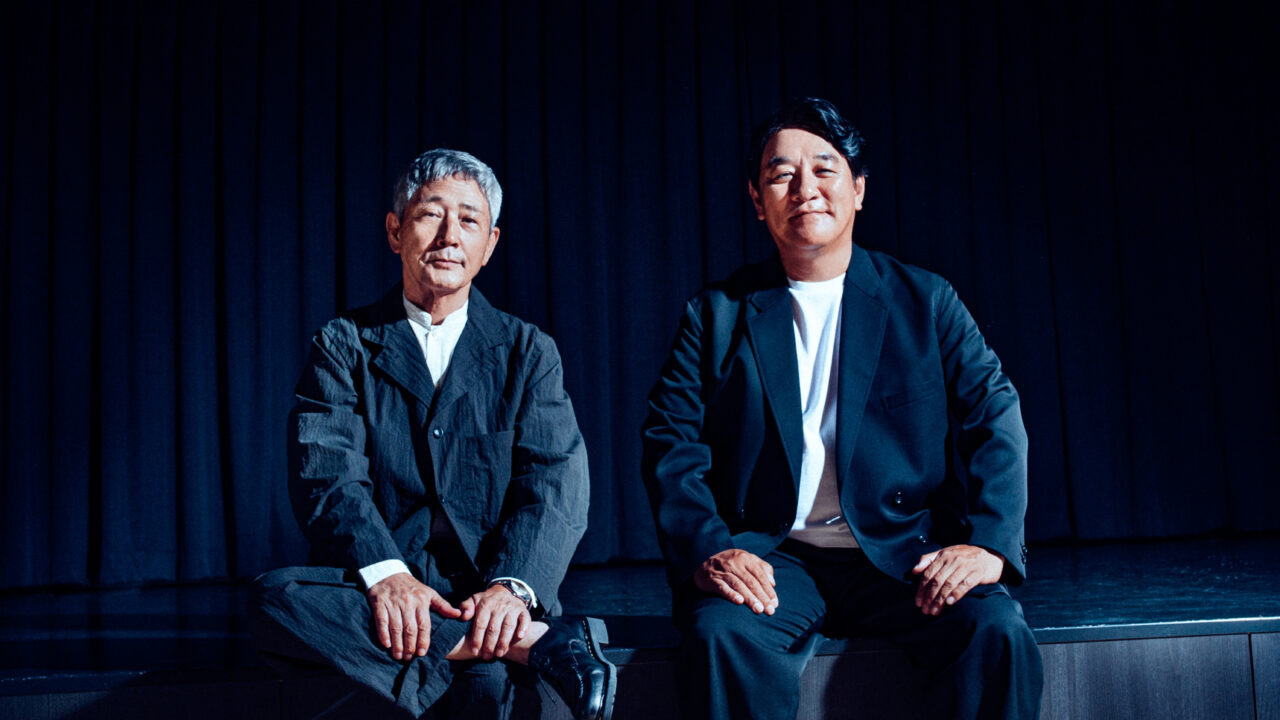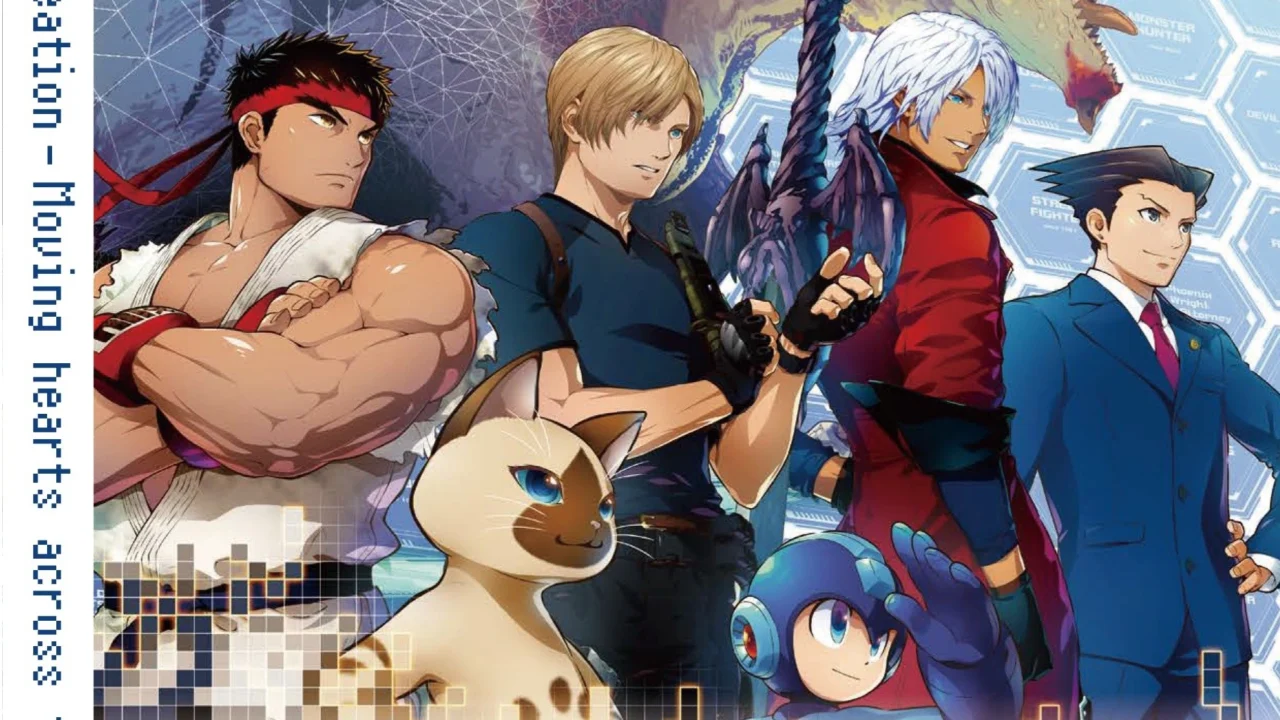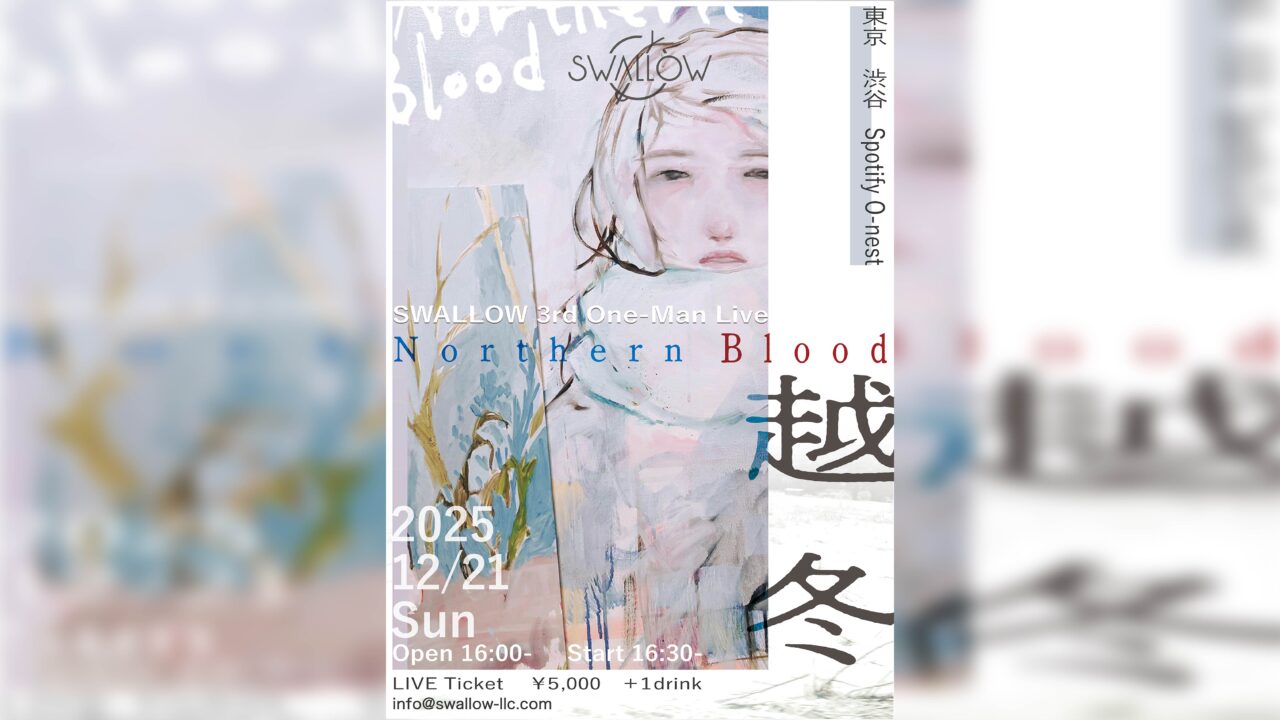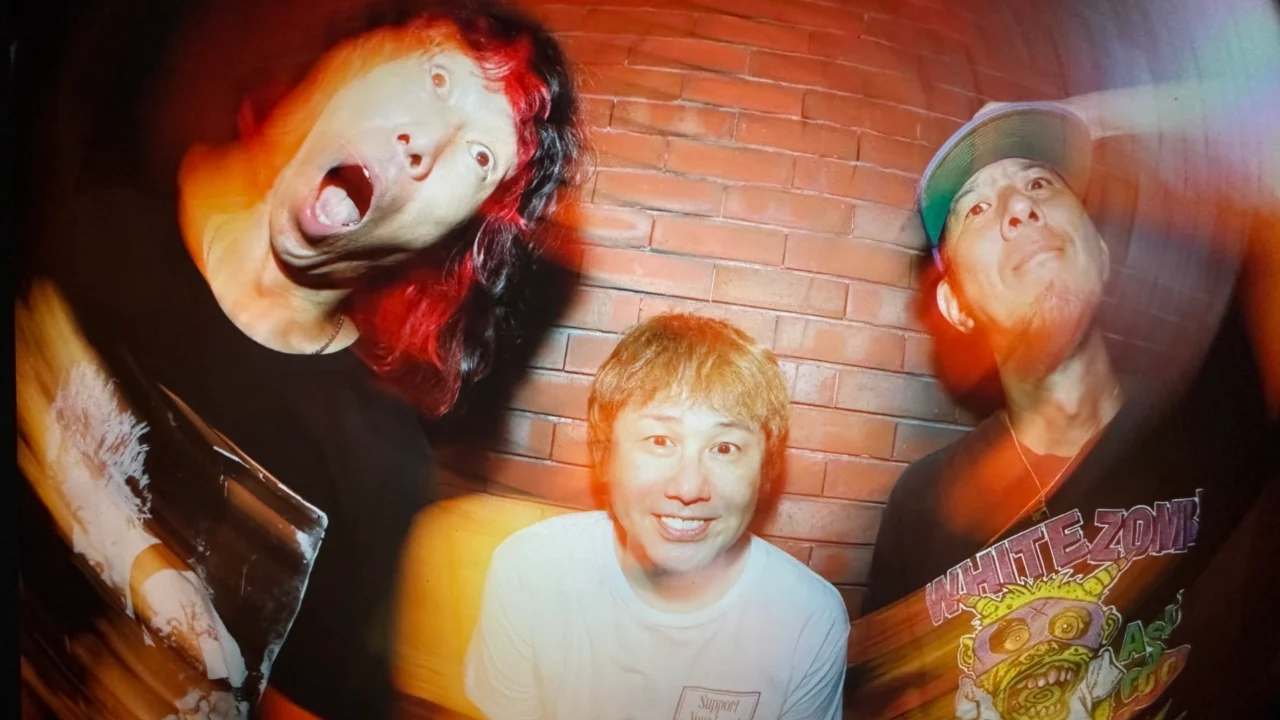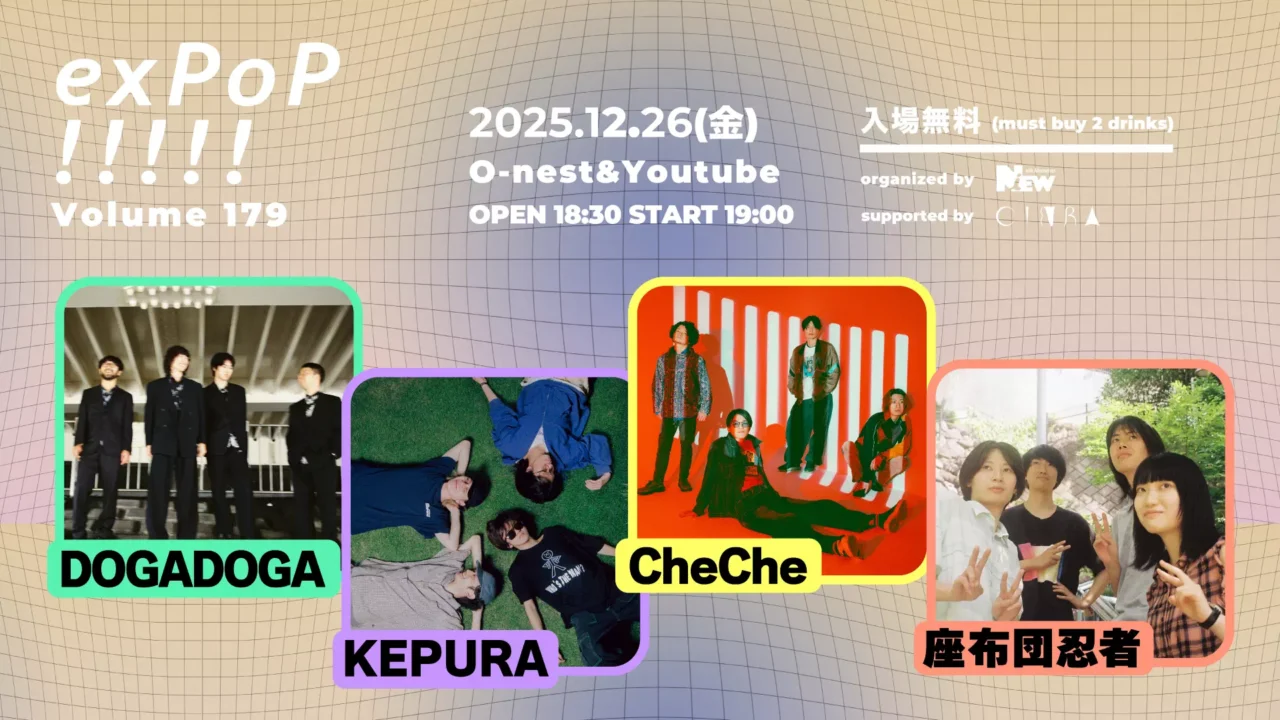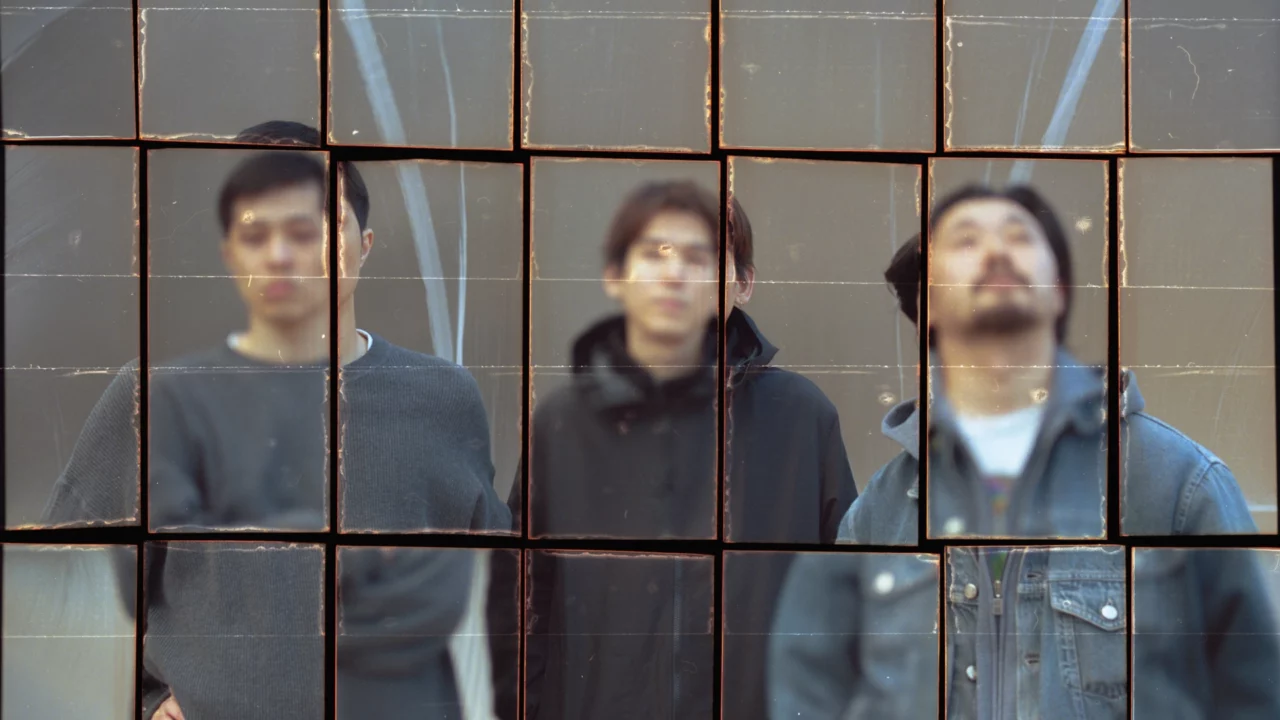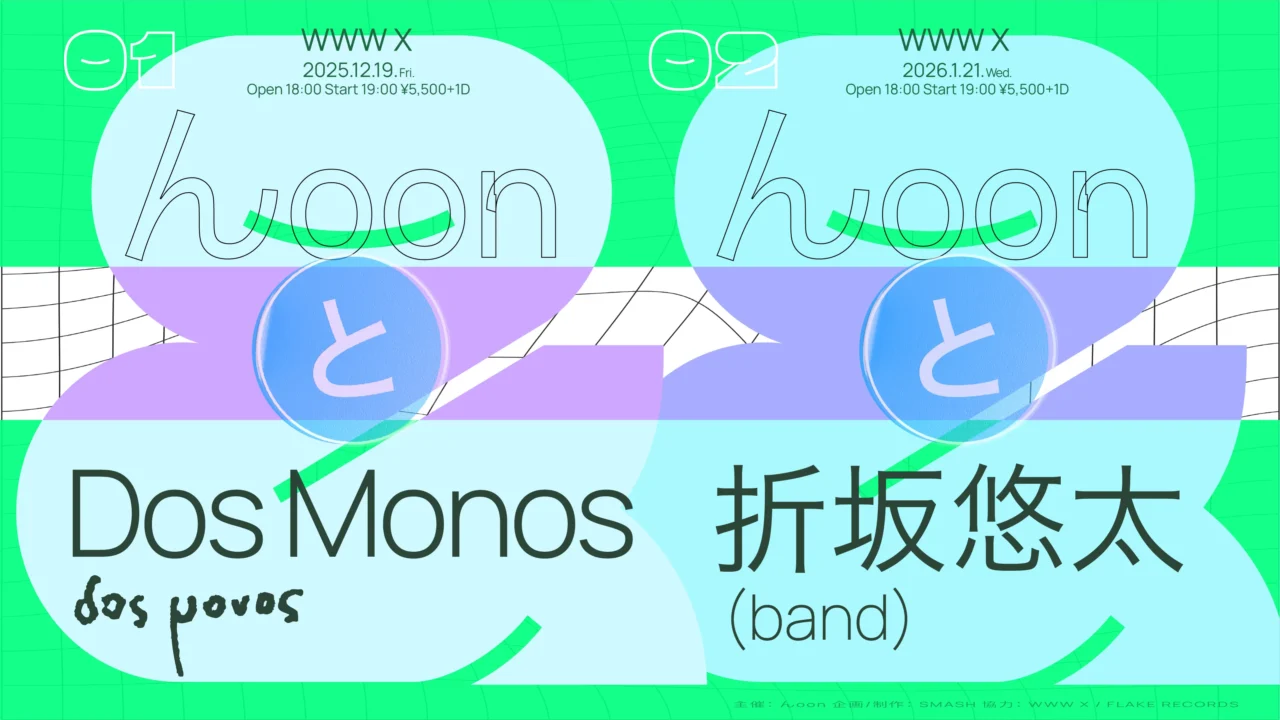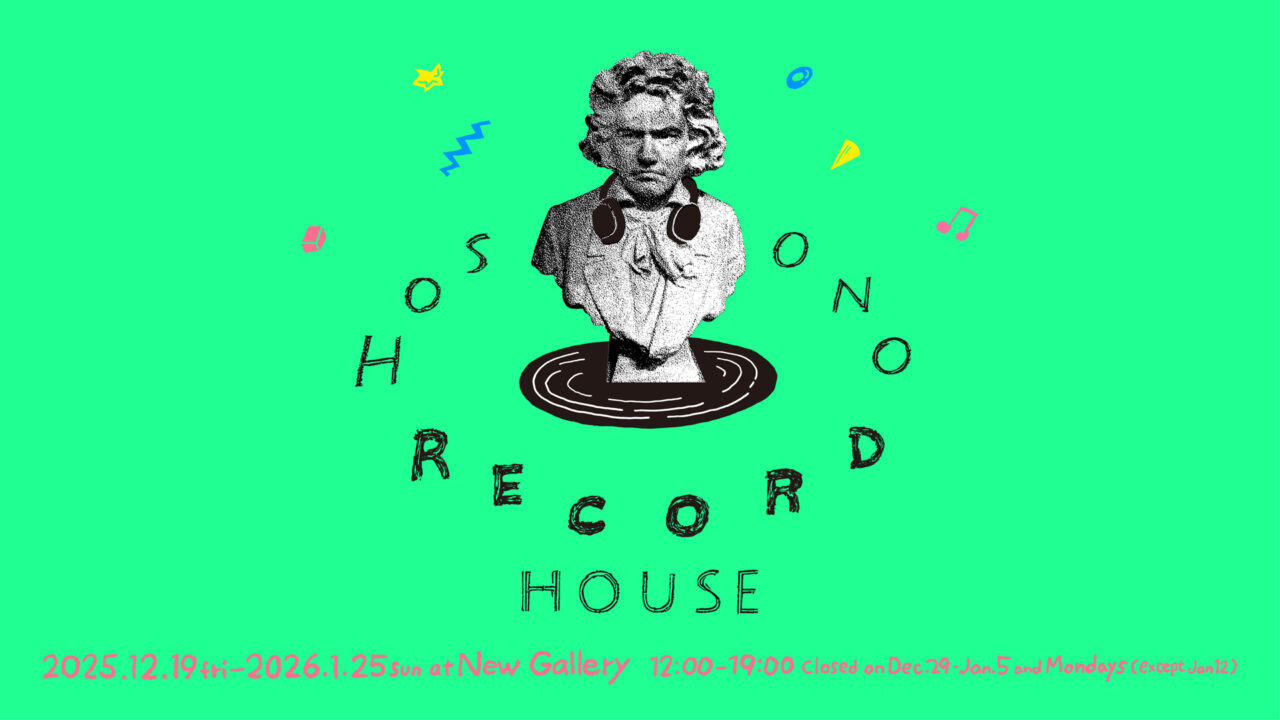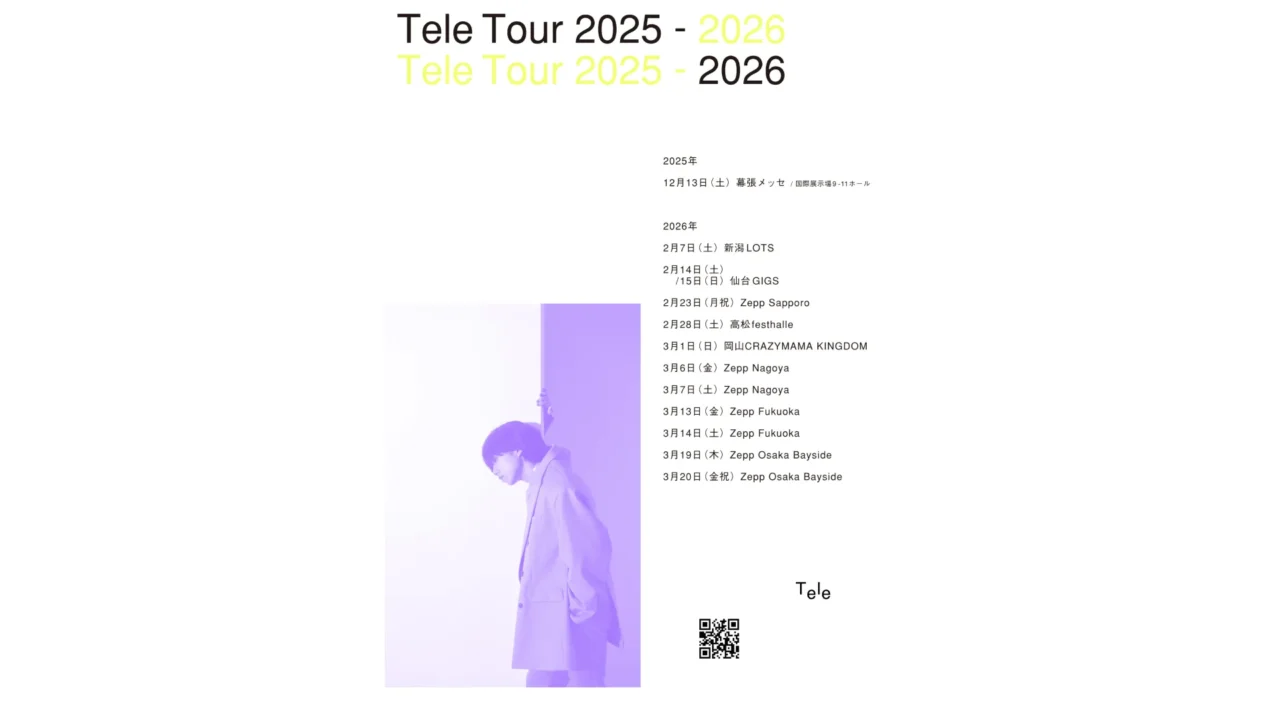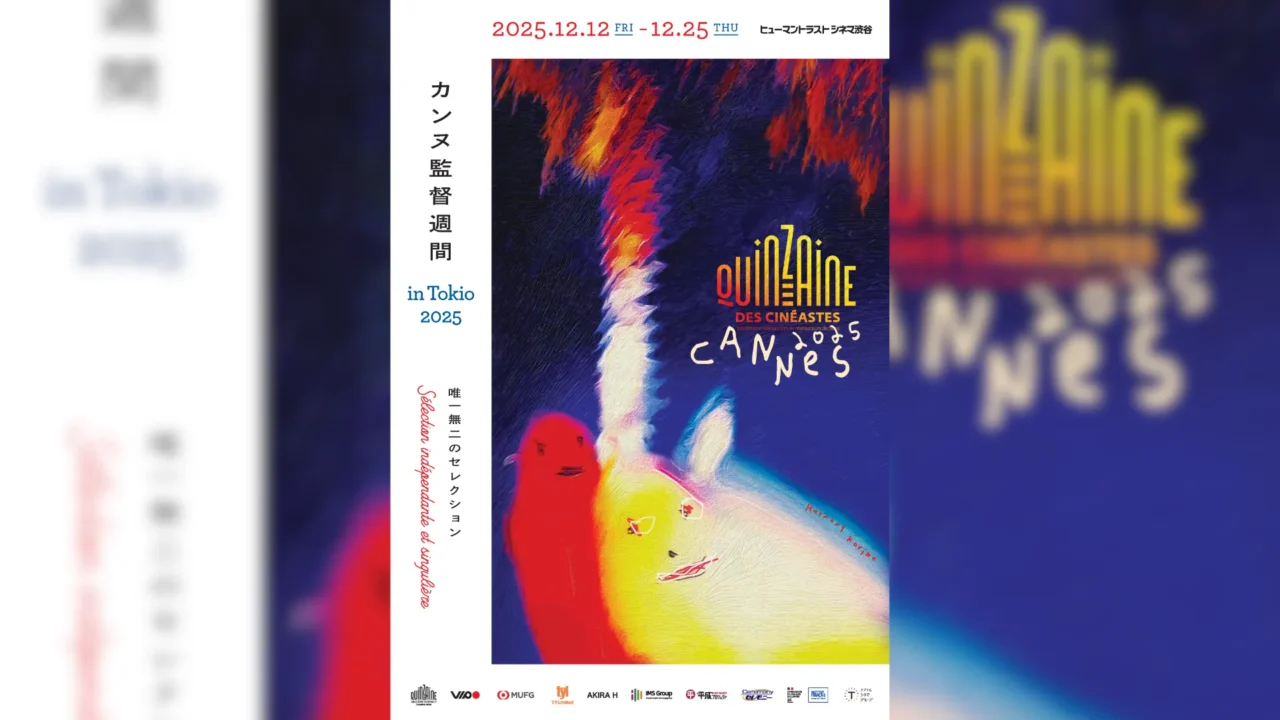In the wake of the COVID-19 pandemic, which has become a trial for cultural professionals, societal issues such as aging populations, insufficient welfare, and the decline of community engagement, have intensified in their urgency and complexity. In such times, what does the face of culture look like? This time, two flexible players engaged in community activities discuss this question.
The first is Yuichi Kishino, a studiest who organizes contemporary festivals featuring Bon dances across Japan and successfully led the event “Sumiyume Odori Parade” in Sumida, Tokyo in 2023. The other is Ryota Ideguchi, who serves as the designated manager of three public facilities in Nagasaki City, Nagasaki Prefecture, and has been exploring collaboration between these seemingly unrelated facilities from an administrative perspective. The two have a long-standing relationship, having previously discussed innovative uses of public facilities and the relationship between public spaces and culture.
From the excitement of bold practices that open up loopholes in a rigid society to the necessity of mechanisms that match different fields from a comprehensive perspective, and even the potential for culture to transcend the realm of “culture,” the dialogue between these experienced individuals explores the challenges of the future for communities, public spaces, and culture.
INDEX
Reevaluating the Importance of “Walking Distance” and “Local” Post-Pandemic
-We’ve had the opportunity to speak with Kishino and Ideguchi twice before on CINRA.NET, in 2017 and 2018. During those conversations, we discussed Ideguchi’s innovative initiatives as the director of the “Nagasaki City Chitosapia Hall,” a public hall found in every region, where cutting-edge culture is introduced. We also explored Kishino’s perspective, having organized groundbreaking Bon dance events across Japan, providing insights into the realities of different regions. Through these discussions, we delved into issues concerning public spaces, culture, and the urban-rural divide.
Now, six years after our last conversation, it seems that the importance of reconsidering public and community through culture, which you both emphasized back then, has become even more apparent. However, we also sense that we’re entering a new phase in our era. Today, we’d like to hear your current perspectives after this long interval.
Firstly, one significant event that occurred during this period is the COVID-19 pandemic. Both of you are engaged in creating spaces where people gather, but how did this event influence your thinking?
Kishino: The first thing I did after the Corona Vortex was to buy a bicycle. I had traveled to various areas in Japan and abroad to see how culture was generated and what state it was in, but after Corona, when I was restricted from doing so, I began to think positively that it was a good opportunity to focus my activities on my immediate area, within walking and biking distance. I have been thinking positively about it since Corona, where I was restricted from doing so.

Yuichi Kishino
Born in Tokyo in 1963. He teaches at Tokyo University of the Arts Graduate School of Film and New Media, Kyoto Seika University Faculty of Media Expression, and Bigakko (The Institute of Art and Design). He identifies himself as a “studist” (scholar) encompassing a wide range of activities including music units like “Hige no Mibojin” and “Watts Towers.” He constantly creates innovative spaces, hosting DJ events at public baths, convenience stores, and Bon dance venues. In 2015, he won the Grand Prize in the Entertainment Division of the 19th Japan Media Arts Festival for “The Correct Way to Count Numbers.” To commemorate the 100th anniversary of the Great Kanto Earthquake and to honor the recovery from significant damage, he produced “Sumiyume Odori Gyoretsu,” offering a dance imbued with commemorative significance at Sumida Park.
Kishino: The biggest influence and reference in our activities before the Corona Vortex was squatting (illegal occupation of abandoned land and buildings. In recent years, squatting is also used in projects to reuse abandoned houses.
In exchanging information and interacting with them, when I talked to the people involved, I found that even squatted buildings, which were originally a kind of hippie commune, have their own methods and logic of solution that have been cultivated over a long period of time and through failure. It is interesting to learn about that. In particular, there are examples of activities that were originally illegal, but are now paid for by the government, such as art and music classes for local children, restaurants that are visited by elderly people, and a children’s cafeteria similar to those in Japan, as well as a large local music festival. At first glance, these activities may appear to be illegal and anarchic, but I was strongly influenced by the methodology of how they have gained citizenship and rooted their activities in the community.

-Some of them are fully sanctioned, aren’t they?
Kishino: That’s right. There is learning in the process of why they did so, what mistakes they made, and what methodologies they used. And then to put those findings into practice in my own area, which is what I did with the Corona disaster.
One of the things that we did, specifically, was to follow the prescribed procedures. Receiving government subsidies and working within that framework may seem like a compromise from the traditional liberal value system. I have a course on social demonstration experiments at a university, and I once explained to students about the “road use permit procedure. At that time, when I showed them pictures of a hate speech marching group surrounded by police officers and a protester protesting from the sidewalk, the students said that the hate speech march looked more correct. They say that the people blocking the sidewalk without permission look worse. This, they say, is not a question of the content of the argument, but of the composition.
As long as we avoid the prescribed procedures, this means that liberal activism will appear more incompatible than nepotistic activism. This may require a change in approach. That is why, in Shintaro Ishihara’s early novels, there is a description of going to the police station to ask for security to hold a dance party, and I think that is how they secured their legitimacy. How can we resist such legitimacy? Rather than being accustomed to power, I think we should consider the appropriateness of the method for the purpose. With this in mind, for example, in the “Sumiyume Odori Procession” held in Sumida Park in Sumida, my hometown in 2023, I was conscious of the fact that I had to negotiate with the government to create the event.
-I see. So that’s the kind of thinking behind the “Sumiyume Odori Gyoretsu.” On the other hand, Ideguchi, as a facility operator, how did you spend your time during the pandemic?
Ideguchi: As mentioned in our previous conversations, I have been focusing on introducing sharp culture that is not easily accessible in Nagasaki City using Chitosepia Hall as a stage, and I have been advocating that this would ensure cultural diversity in the local area. However, the Corona disaster made it impossible for me to move across prefectural borders, and that is what I was looking for.

Born in Nagasaki in 1979. After studying museum studies at Tokyo Gakugei University, he worked as a researcher at the Nagasaki Museum of History and Culture before becoming the director of the Chitosepia Hall in Nagasaki City in 2015. He is also in charge of the Nagasaki City Civic Activity Center. In addition to his role as a part-time lecturer in theater arts at Katsu Mizu Women’s University, Ideguchi’s innovative programming and independent operational style without relying on subsidies have garnered attention as a new model for small to medium-sized public halls in rural areas. Since 2020, he has been involved in planning and operations at the Kita Public Hall, and from 2023, he has been involved in planning and operations at the Civic Activity Center, implementing collaborative projects with local public facilities and citizen groups while lecturing nationwide on facility management based on his on-site experience.
Ideguchi: At that time, I suddenly came back to myself and reflected on the fact that all my activities up to that point had been to create a “Little Tokyo” in the countryside. I thought that all I wanted to do was to bring something cutting-edge from Tokyo and recreate a little Tokyo here.
However, in the midst of all this, I was also asked to manage the “Nagasaki City Kita Community Center” from 2020. In this way, the community center is really within a “radius of several kilometers,” isn’t it?
-So it really is a facility for the community.
Ideguchi: Yes. It goes back to what Kishino said, but I was thinking about what I could do locally, not about “inviting people from outside. At that time, it was very good that we had a place called a community center.
When you think about it, the community center has most everything. For example, there is a questionnaire that was taken when building a new cultural facility in Nagasaki, in which the following requests were written: “I want Wi-Fi,” “I want an exhibition space,” “I want a childcare support function,” “I want it to be a shelter in case of emergency,” and so on. These are things that community centers are already doing.
So, although I myself was not aware of it until 2020, I thought that many of the things that citizens wanted were already in the community center, and that the way we were presenting them was just not working. I was thinking about what kind of new approaches we could take to address that, and that is what I was thinking about in the Corona disaster.









